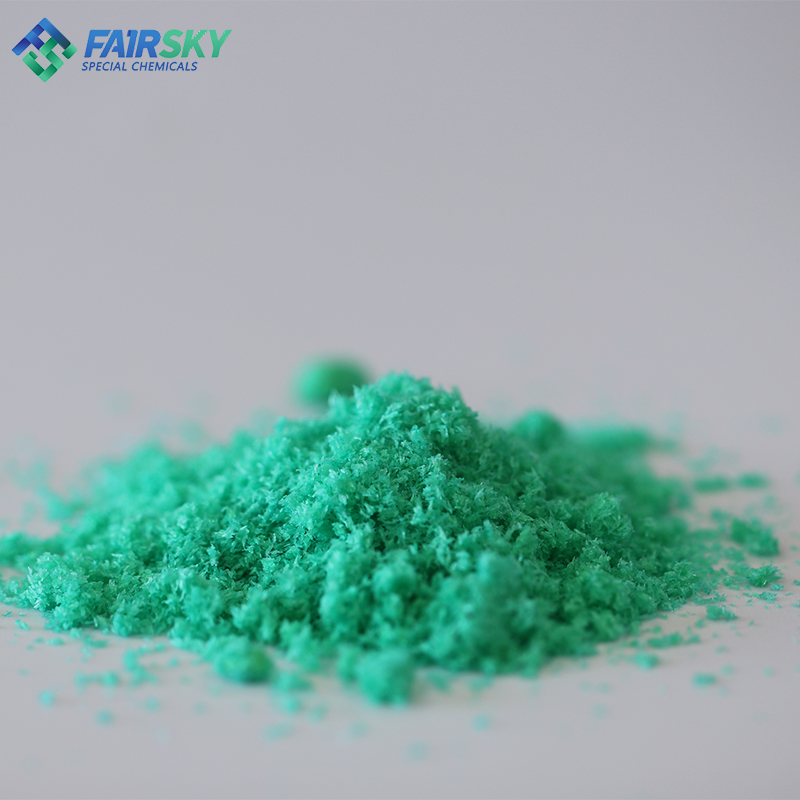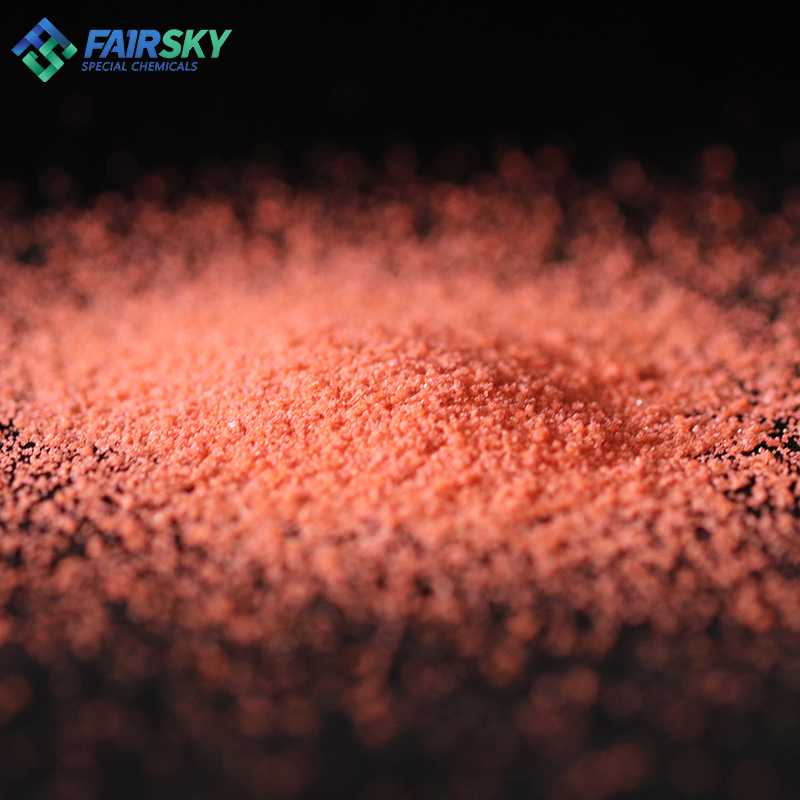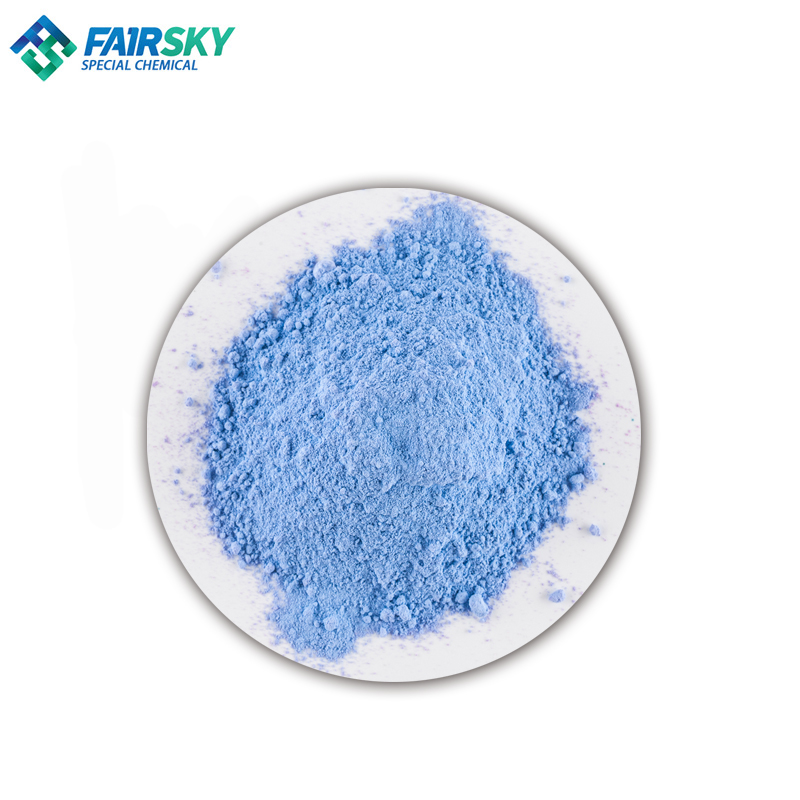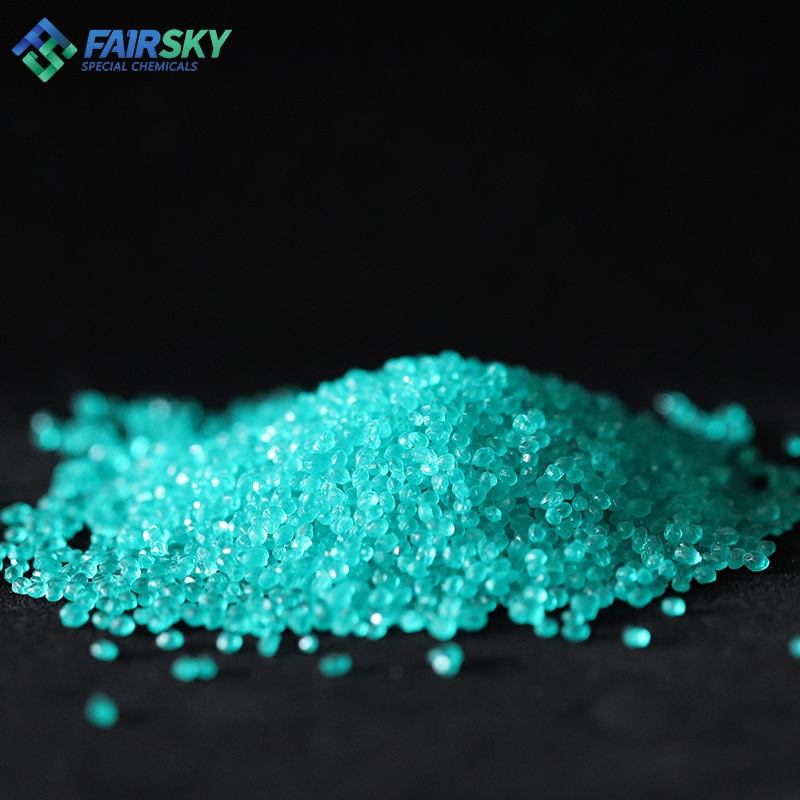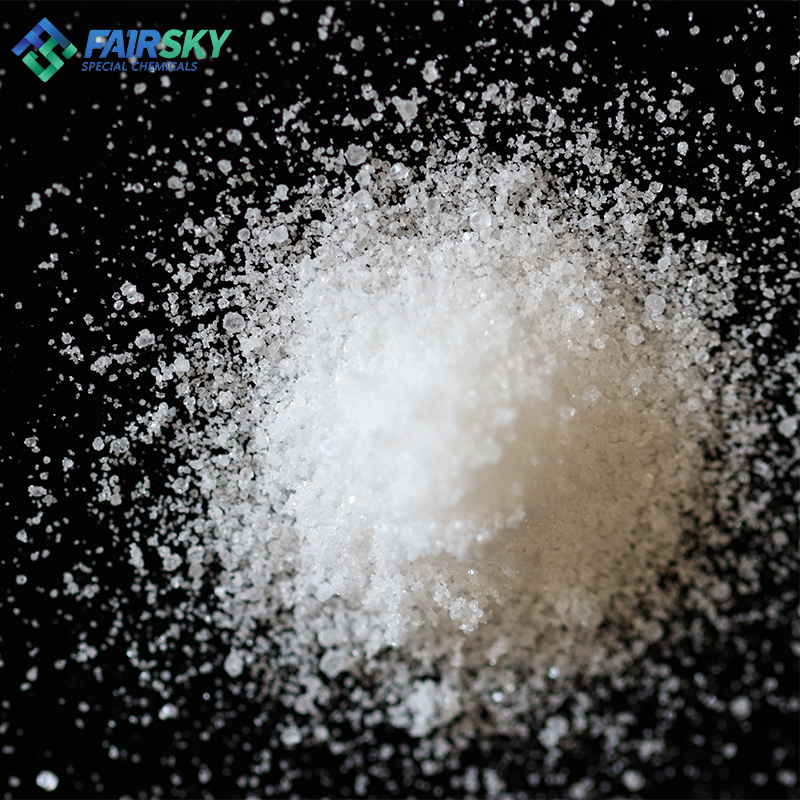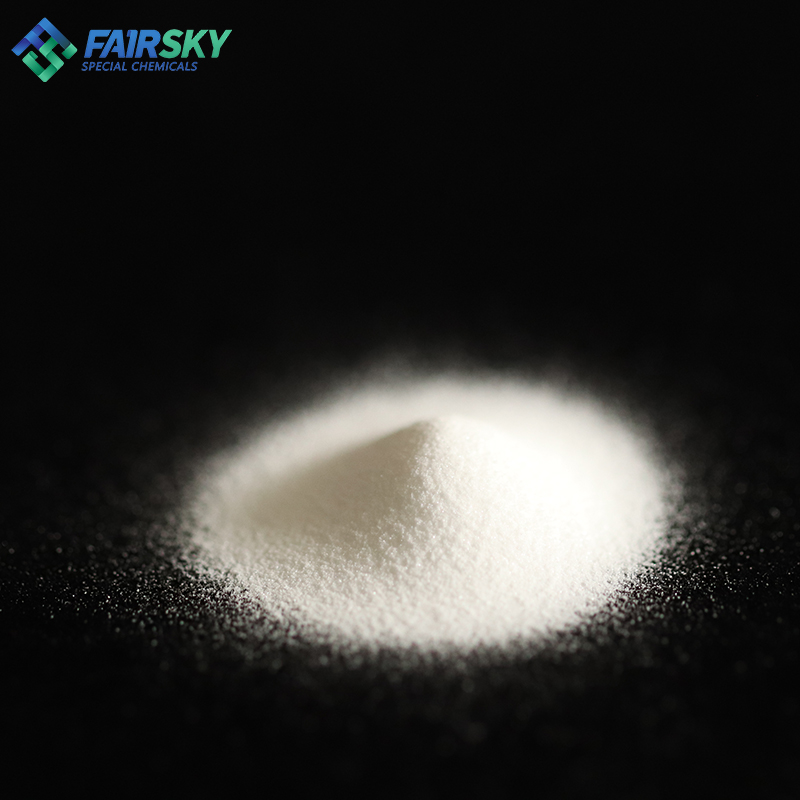Nickel is a lustrous silvery-white metal with a tint of gold. While nickel is the 5th most common element on earth, most of it is inaccessible in the Earth’s core. Nickel and nickel powder are widely used in hundreds of thousands of products, in most cases as alloys with other metals, such as chromium. Nickel alloys are used to create stainless steel and heat-resisting steel and provide some great anti-corrosion capabilities.
Some interesting facts about Nickel are:
- It is rarely found on Earth in a pure form
- The human race utilized nickel 3500 years BC
- The Philippines, Indonesia, Russia, Canada and Australia are the world's largest producers of Nickel
- Nickel plays an important role in the biology of some microorganisms and plants
- Nickel has a very high melting point of 1453 °C
- Nickel is very corrosion-resistant
- Some people are allergic to nickel
- Nickel is magnetic at room temperature, however, loses its magnetic properties when heated above 355 °C
- Nickel can be toxic and exposure occurs mostly through oral consumption.

There are many nickel-base alloys, such as Ni-base superalloy, Ni-base corrosion-resistant alloy, Ni-base wear-resistant alloy, Ni-based precision alloy, Ni-base shape memory alloy and Hydrogen storing alloy. These alloys are used in aerospace industry, automotive, electronics, shipbuilding and many others. Nickel powder is used for powder metallurgy alloys.
Types of Nickel Powder
Each year about 1.4 millions tons of nickel is produced worldwide. Various grades are available for industrial applications and nickel powders differ by size and morphology. Depending on these parameters different nickel powders are used in different industries. Let's take a look at some of the nickel metal powders on the market:
Vale Nickel Powder Type 123
This type of nickel powder has a spiky morphology and a purity of >99.8%. This powder is specifically designed for the powder metallurgy industry. It is used to enhance corrosion resistance and as a metal binder to increase the toughness of hard metals.
Vale Nickel Powder Type 255
Type 255 Nickel powder offers a chain-shaped three-dimensional structure. This powder is used in the production of rechargeable batteries and fuel cells. It can be sintered into a conductive mass with controlled porosity. Type 255 can be used for coating in EMI (Electromagnetic Interference) shielding applications or in polymers that provide electrical connectivity.
Novamet Type 4SP/SNP Spherical Nickel Powders
This type of nickel powder offers spherical morphology and is available in 6 different grades. It works great in metal injection moulding applications as it allows a uniform distribution of metal throughout the alloy composition.
Novamet Nickel Powder Type 525
Type 525 comes in two grades – normal and high density. This powder has a very high purity, similar to Type 123 and Type 255, and offers a three-dimensional morphology that is very similar to Type 255. The branch-like structure of this powder is very useful in electromagnetic and radio frequency shielding applications.
Hydrogen-Reduced Nickel Powder
This powder is produced through a hydrogen-reduction process (Sherritt-Gordon) and has a spherical shape with a mottled surface. This is achieved by precipitation under high pressure and temperature. Hydrogen-reduced nickel powders are used in thermal spray and welding rod applications.
Electrolytic Nickel Powders
Electrolytic methods, such as electrowinning, are used to make electrolytic nickel powders. These powders are used in the atomic energy industry, alkaline batteries, high-temperature and high-strength alloys, catalysts and additives for powder metallurgy. Based on their chemical composition and physical properties electrolytic nickel powders can be divided into three grades: FND-1, FND-2 and FND-3.
Nickel and Nickel Powder uses
Nickel as a metal is used in an endless line of products in our daily lives. Nickel provides better corrosion resistance and strengths at high and low temperatures. The following chart shows how Nickel is used by industry:


Nickel is a great alloying element that works well with iron, gold, silver, cobalt, aluminum and other metals in order to create cast iron, stainless steel, Incoloy and more. An interesting fact is that sintered nickel powder was also used to enrich Uranium in the Manhattan Project and played an important role in achieving the necessary Uranium enrichment rates (you can read more about this in one of my previous blog posts: Nickel Powder: Manhattan's secret ingredient).
Nickel is massively used for coating by using electroless nickel plating. A reducing agent is used in the plating process that reacts with the nickel ions resulting in the deposition of metal onto a surface. When combined with silicone carbide it can be used in the coating of coins. The battery industry also benefits a lot from nickel. There are quite a few types of nickel batteries that are used in industries such as transportation, power tools and electronics such as Nickel-Cadmium (NiCd), Nickel-Metal-Hydride (NiMH), Nickel-Iron (NiFe), Nickel-Zinc (NiZn) and Nickel-Hydrogen (NiH). Most portable devices today rely on NiMH batteries which are offered in popular sizes like AA and AAA. As opposed to alkaline batteries, which are usually non-rechargeable, NiMH batteries can be recharged and used in devices such as digital cameras or camcorders and can last as much as 3-4 times longer.
Nickel can be used as a catalyst for hydrogenation due to its ability to adsorb and activate reactants. This process is commonly used to reduce or saturate organic compounds. Nickel catalysts are the key to some important processes such as hydrogenation of vegetable oils and production of fertilizers and pesticides.
How is Nickel Powder made?
Nickel powder can be produced in a few different ways and the process chosen depends on the size of particles and morphology required. One of the most common ways to make nickel powder is the nickel carbonyl process. This process, also known as the Mond process, is used to produce powders with controlled morphology and tolerances. The nickel carbonyl process is also used to refine impure nickel. Solid nickel reacts with carbon monoxide to form nickel carbonyl gas. The gaseous mixture is further heated resulting in decomposition of the metal-carbonyl complex to produce pure nickel metal and carbon monoxide gas. Fine and extra fine nickel powders can be produced by thermal shock decomposition.
Another method to produce nickel powders is using electrolysis or electrowinning. This process involves passing an electrical current through an electrolyte containing dissolved nickel metal and allowing the nickel powder to form on the cathode. Powders formed in this way are known as electrolytic metal powders and are often very dendritic with complex morphology and hence very conductive. The particle size and morphology can be controlled by varying certain operating parameters and using additives that affect the deposition of the powder onto the cathode.
How is particle size measured?
Most industries that produce powdered materials use sieve test to determine the size of particles and this procedure is considered the most convenient method of size analysis. In a typical test, the material is filtered through a system of nested sieves with wire mesh cloth, where each lower sieve has a smaller opening size than the one above. The amount of material retained on each sieve can be weighed. Of course, this method has its limitations when it comes to the particles size, as standard sizes available today vary from 125mm to 20-micron openings. There are few variations of this method such as Throw-action sieving, Horizontal sieving, Tapping sieving, Super Sonic sieving, Wet sieving, Air Circular Jet sieving and usually a choice of a process based on the material to be measured. For smaller particle sizes, laser diffraction and light scattering techniques offered by companies such as Malvern are commonly employed and offer more precise tolerances especially for fine and ultrafine powders.
Where to buy nickel powder?
Prices of nickel powder vary depending on the purity, morphology, particle size and of course metal prices. Some well-known suppliers of nickel powder are Vale, American Elements and GoodFellow. Electrolytic nickel powders can be purchased from NORNICKEL or ELECTROVEK STEEL.
Health and safety
If used properly, nickel powder is not considered hazardous by the OSHA Hazard Communication Standard (29 CFR 1910.1200). However, it is a carcinogen if inhaled.
Some first aid measures should be taken if exposure to nickel powder occurs:
- If contact with eyes, should be washed for 15 minutes, including eyelids.
- If contact with skin, should be washed for 15 minutes and contaminated clothing should be removed.
- If ingested, Poison Control should be contacted immediately. Rinse mouth with cold water and take 1-2 tbsp of activated charcoal with water.
- If inhaled, relocate to fresh air. If breathing difficulties, artificial respiration should be provided.
When nickel powder is heated to decomposition temperature it emits acrid fumes. In a case of fire, foam or dry chemical extinguishers can be used to extinguish the fire. The material is not sensitive to mechanical impact.
Generally, nickel powder is a stable material under regular conditions of use. Nickel should be stored in a cool, well-ventilated, dry and locked area without any specific hazardous restrictions. If handled, avoid inhalation and contact with skin and clothes. Avoid heat and ignition sources. Some people are also allergic to nickel which presents as an itchy rash. A nickel rash is typically the result of repeated and long exposure to nickel.

